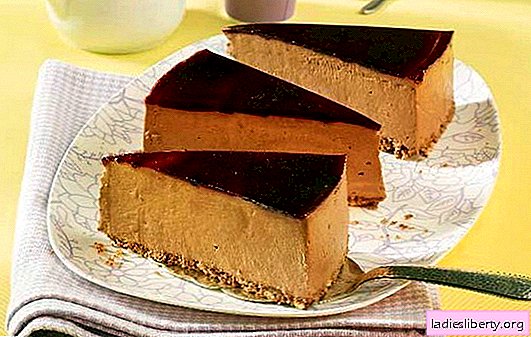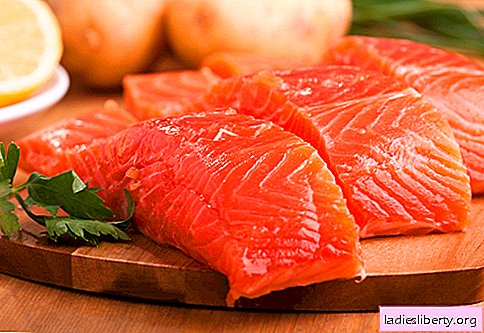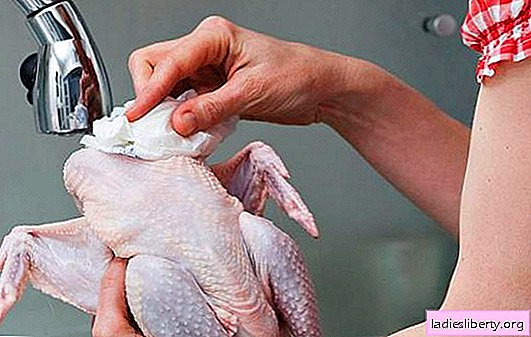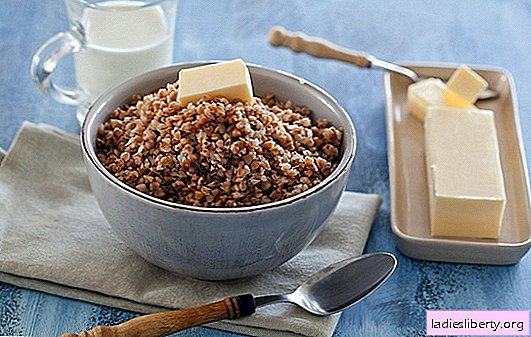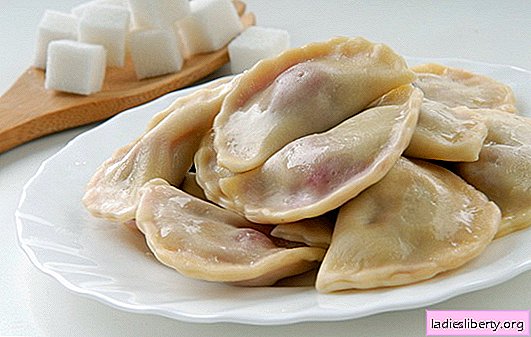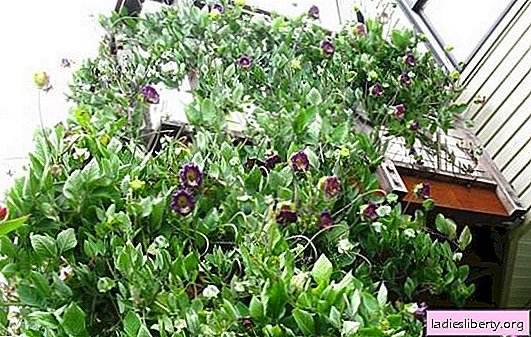
Kobeya is a perennial tropical vine of the Sinyukhov family.
At home (Mexico and Peru), it is represented by 9 species. However, only one of its species is cultivated in floriculture - climbing kobe. This name she received in honor of her discoverer Barnabas Cobo, a Spanish monk - a naturalist. It is also called Mexican ivy.
Kobeya grows rapidly (its lashes reach 6 meters in length), therefore it is often used for vertical gardening. Large flowers of this "tropical" (can grow up to 8 cm in diameter) are bell-shaped. Hence the other name of this plant - "monastery bells".
Planting kobei seeds (photo)
It is possible to grow this beautiful vine from seeds and by the method of cuttings. The seed method has its own peculiarity - seeds do not germinate well. Therefore, proper preparation of seed material is important. It should begin at the beginning of March.
Kobei seeds have a hard shell, which creates certain difficulties when they are germinated. To remove it, the seeds are placed in a bowl, poured with water at room temperature and covered with a lid to reduce moisture evaporation. When the seed coat begins to sag, it is mechanically removed. The peeled seeds are laid out on gauze soaked in a solution of potassium permanganate and folded in several layers. Then they are placed in a plastic bag (it is convenient to use zip packets) and left in a warm and bright place. Seeds begin to hatch after 2 weeks. Throughout the process, make sure that the gauze is always wet.

Soaked and hatching kobe seeds
Hacked seeds are planted one flat side in separate cups. Planting containers are placed on a warm windowsill and grown at a temperature of + 20 ° C.
To create high humidity, they are covered with a film, which is opened daily for ventilation and humidification of the plantings. Sprouts begin to appear after 2 weeks. If seeds were sown without preliminary soaking, then the wait for seedlings will stretch to 3-4 weeks.

Dive seedlings
Seedlings dive in phase 2 leaves. New landing tanks take much more than the previous ones (about 3 liters). This is necessary so that by the time of planting in open ground the plants form a powerful root system and begin active growth of deciduous mass.

Dive is carried out when 2 real leaflets have grown in the seedling
Before diving, seedlings are abundantly watered. When transplanting, they try to keep the earthen clod as much as possible so as not to damage the roots.
Planting Kobe with cuttings
To grow this tropical vine from cuttings is easier than from seeds. In the fall, before frost, they dig up a kobe and plant it in a large bucket. The green mass is cut at a height of 30-40 cm from the root. Store the plant in a cool, dark room at + 8-10 ° C. until spring.
In this case, the soil is moistened once a month so that the roots do not dry out. In late February and early March, the kobe is transferred to the house, watering is gradually increased. After the start of active growth, cuttings can be cut.
Before planting, they are pre-dipped in a root stimulator (for example, Kornevin) and planted in glasses with wet sand or perlite. Rooted cuttings within 2 weeks.
Further care for them does not differ from seedlings grown from seeds.
On a note! Kobe can be immediately planted in a large container, and not planted in open ground: in the fall you do not have to dig it out, but just put it in storage.
Kobe planting in the open ground
Kobeya grows well in open sunny areas with fertile loose earth (loam and sandy loam). In the shade, it lags behind in growth and flowering. This should be considered when choosing the location of this vine. At the same time, the acidity of the soil affects the color of the flowers: at elevated pH, a reddish tinge of "bells" is observed, with an alkaline reaction, blue tones predominate.
Young kobe seedlings cannot tolerate even minimal frosts. Therefore, they are planted in a permanent place in early June. If, after planting, nighttime temperature drops are predicted, then the seedlings are covered with 2-3 layers of lutrasil. Landing pits are dug at a distance of at least 0.5 m from each other. At the bottom they are laid drainage of rubble, broken brick or large expanded clay. Planted plants are covered with fertile soil (equal portions of peat, humus and sod land) and watered. Kobei needs support. Therefore, if it is planted for landscaping the walls of the building, then it is necessary to install a metal or wooden grate nearby, pull the ropes along which the plant with its antennae will "climb" up.

Ropes pulled along the wall as a support for the kobe
On a note! If you pinch the tops of the shoots of the kobe, the bush will be more magnificent and compact.
Kobe Care
Despite the fact that kobe is a tropical plant, caring for it will not be difficult. It consists in watering, fertilizing, removing weeds and combating pests and diseases.
Watering
Kobeya as a native of the tropics is hygrophilous. It should be watered regularly, especially on hot summer days. But at the same time, it is important to prevent an excess of moisture, otherwise the likelihood of root rot development is high. The next watering is carried out after drying of the top soil layer.
Top dressing
Like any plant, a kobe from the first leaves to the beginning of budding needs nitrogen fertilizers. As them you can use ammonium nitrate at the rate of 25 g per 1 m2 of landings.
When the buds begin to appear, the liana is "transferred" to phosphorus-potassium fertilizers. They stimulate enhanced budding, give a more saturated color to the flowers, prolong flowering. 30-40 g of superphosphate and potassium salt dissolved in 10 l of water are added per 1 m2. You can also make ordinary wood ash (250-500g / m2) in dry form or in the form of an aqueous solution.
Feeding is carried out every 2 weeks, alternating mineral and organic (mullein infusion 1:10) fertilizers.
Pest and Kobe disease control
One of the worst pests of a kobe is a spider mite. Colonies of these sucking insects live on the underside of the leaves. They breed quickly (in one season several generations are born). Ticks can be noticed by yellowish points (places of punctures) on leaf plates. With a large accumulation of pests, a thin web between the leaves is characteristic. As a result of the activity of spider mites, the plant is inhibited, the leaves turn yellow and fall. Fighting this pest should begin immediately after detection. For this, plants are sprayed with acaricides (Actellik, Sunmight, Fufanon).
Often affected kobe and aphids, which prefers young shoots, leaves from which it sucks juice. Damaged leaves are deformed, turn yellow and fall prematurely. Insecticides are used against aphids ( Aktara, Confidor, Fitoverm).
With improper care (in particular with excessive watering), the kobe is susceptible to root rot. Outwardly, this is manifested by black necrotic spots on the leaves and flowers. If the lesion is not severe, then you can try to cure the plant. To do this, dry the soil by scrubbing it. After that, the soil under the bush is shed with a fungicide solution (Fundazole, Topaz, solution of copper sulfate).


